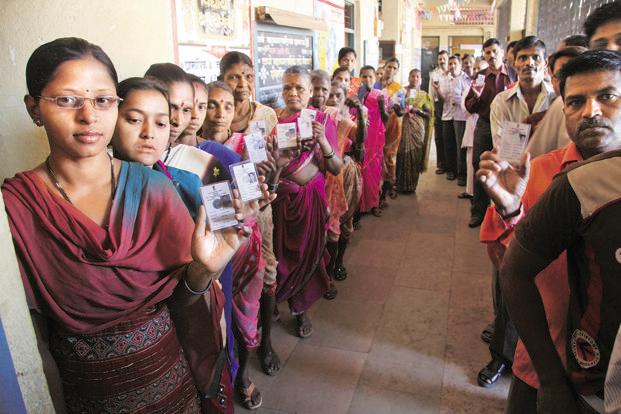Holding General Election Is No Child’s Play; Here’s Why

If the coming elections spread over seven phases is being considered long enough, it would still look ephemeral if compared with the first general elections. The first Lok Sabha polls held in 1952 was conducted in 68 phases stretching for four months. It was held between October 25 1951 and February 21, 1952.
Odisha Bytes gives a lowdown about this and much more as it unravels the various facets of the general elections, the largest of its kind in the world and shares significant poll-related facts and figures which could make into the record books.
1. During the first Lok Sabha polls, the size of eligible voters was 17.3 crore. In contract in the 2019 elections, 90 crore voters are eligible to cast their votes. But the age limit then was 21 years. Today it is 18 years.
2. Holding election is an expensive proposition and candidates contesting the election will vouch for that. But what is the money the government spends for conducting the polls. In 1952, the amount spent was Rs 10 crore. In 2014 general elections, the amount shot up to about Rs 4000 crore.
3. In all 53 parties participated in the first general elections. As many as 464 parties contested the elections in 2014.
4. For the first general election, 2,23,611 polling booths were set-up. In the coming election, 10,35,918 booths will be set up.
5. The total number of seats during the first elections were 489 whereas the country will hold elections on 543 parliamentary seats now.
6. In terms of the voter turnout, the first general election in independent India saw a voter turnout of 45.7 per cent, whereas 66.4 per cent of the eligible voters voted in 2014–highest ever.
7. According to the Election Commission of India data, there are at least 2,354 parties registered as of today in the country which is significantly higher than 53 parties that contested elections in 1951-52.
8. Interestingly, the number of registered parties in 2019 is even more than the total number of candidates (1,849) who contested the general elections in 1951-52. In 2014, the number of candidates who were in the fray was 8,251.
9. When it comes to the official being engaged to hold the mammoth exercise, some reports said the Election Commission will mobilise over 10 lakh officials to conduct the election at over 11 lakh polling stations which will use over 20 lakh electronic voting machines.
10. In 2014, a 98-year-old gentleman in Himachal Pradesh trudged several miles to vote — a tradition he has kept up since the first poll held in independent India in 1951.

Comments are closed.